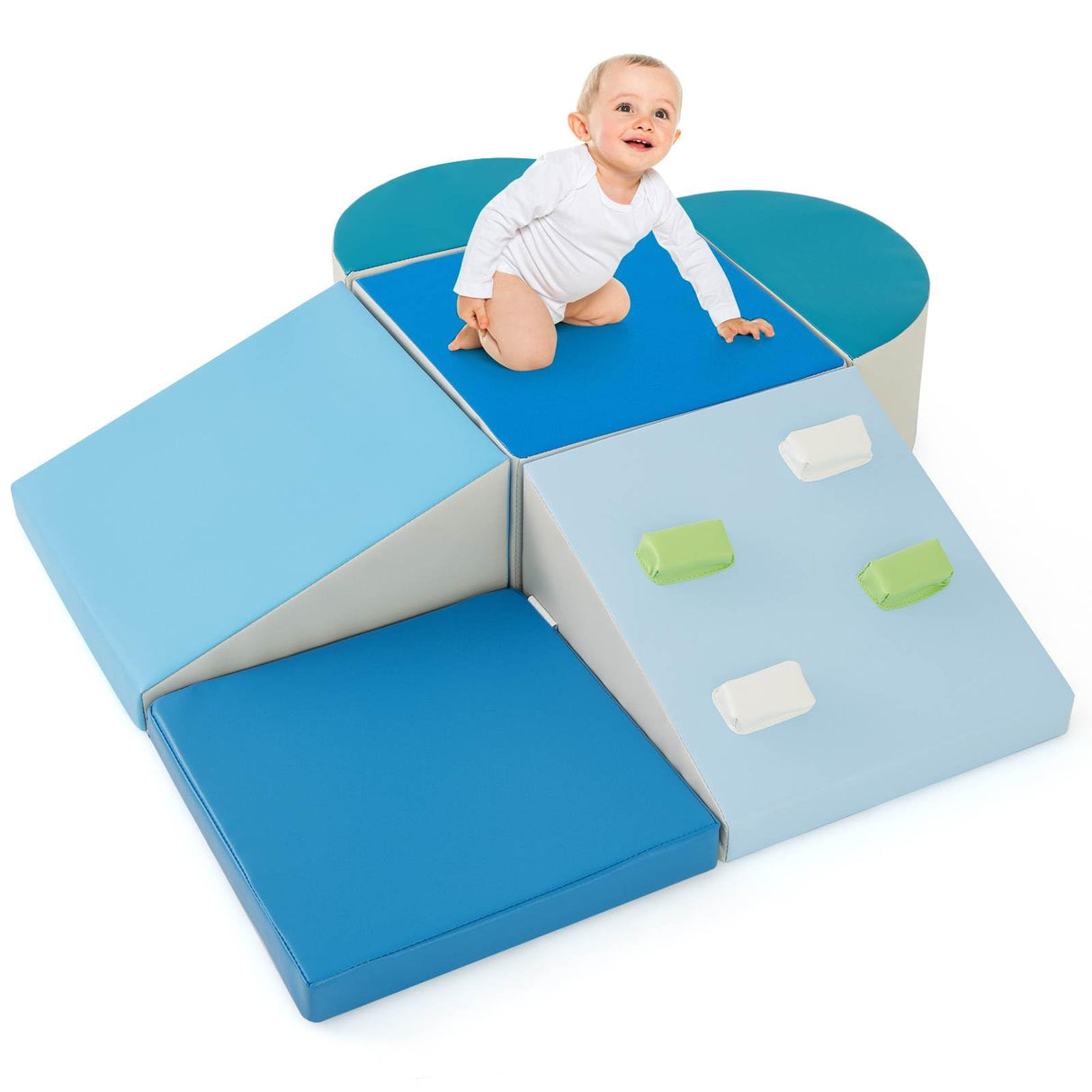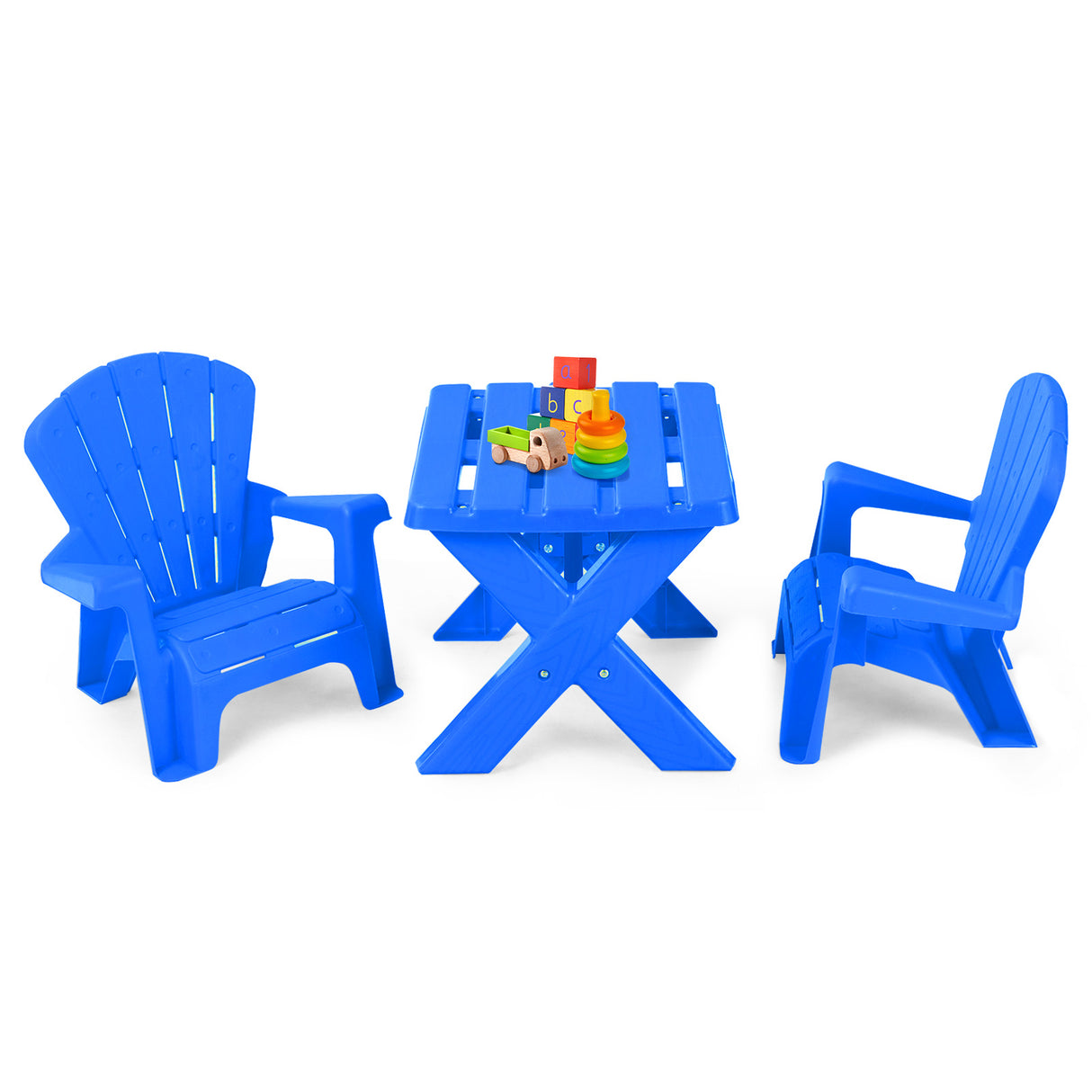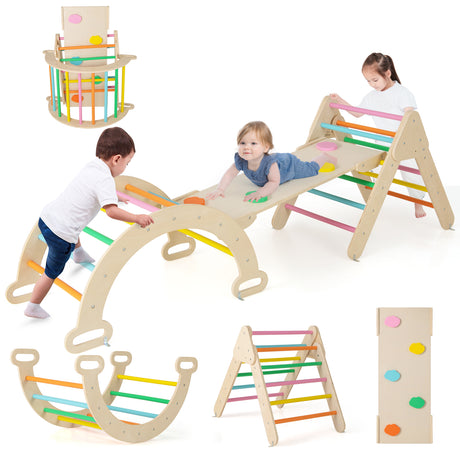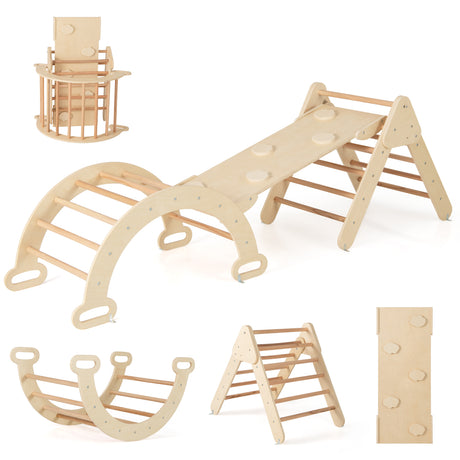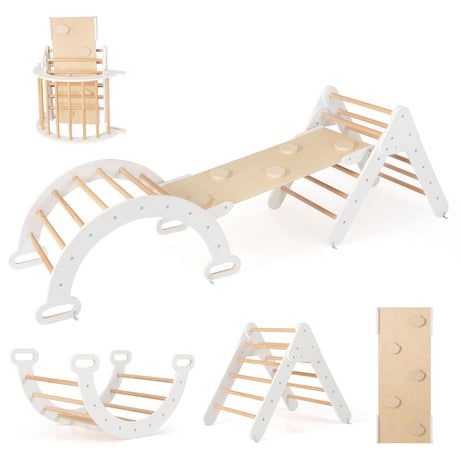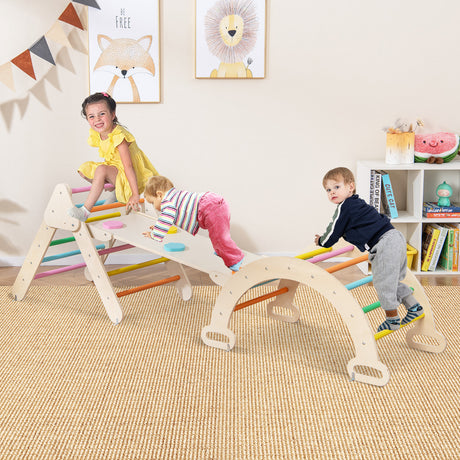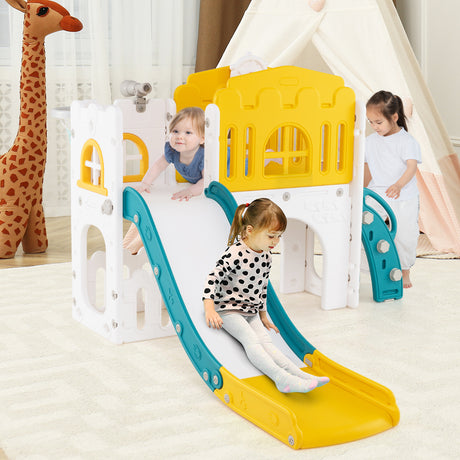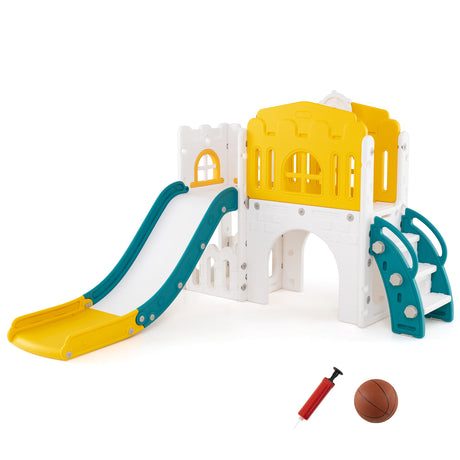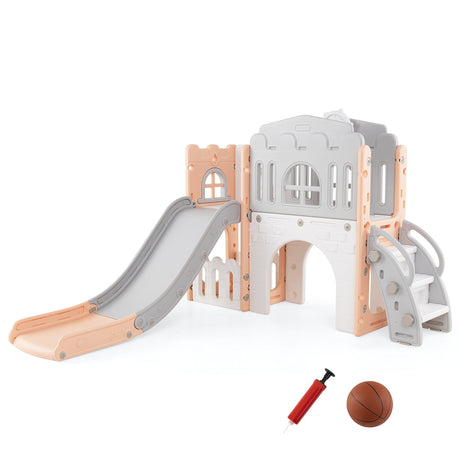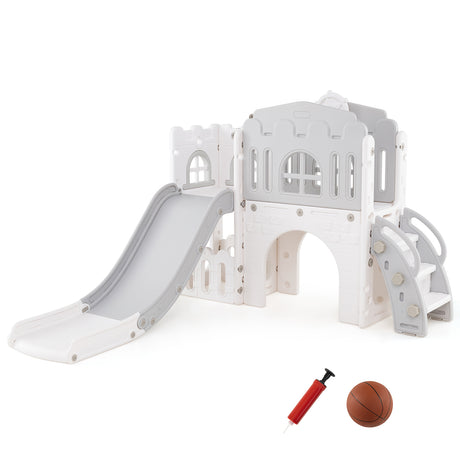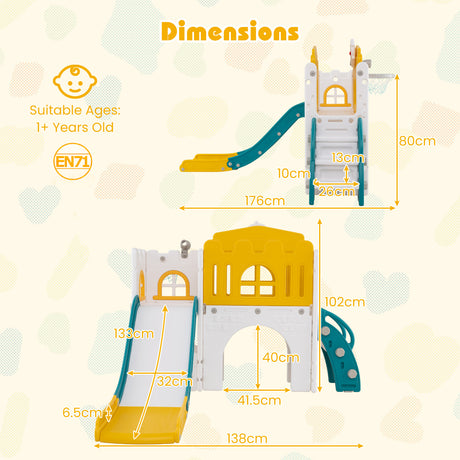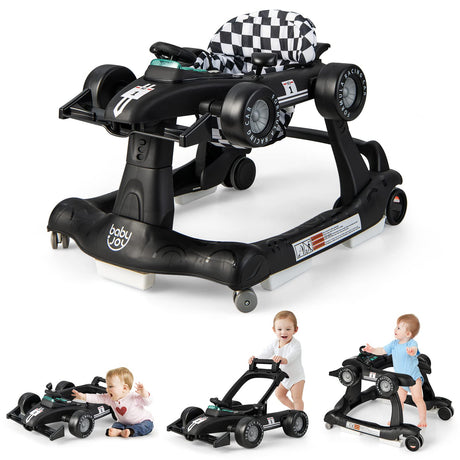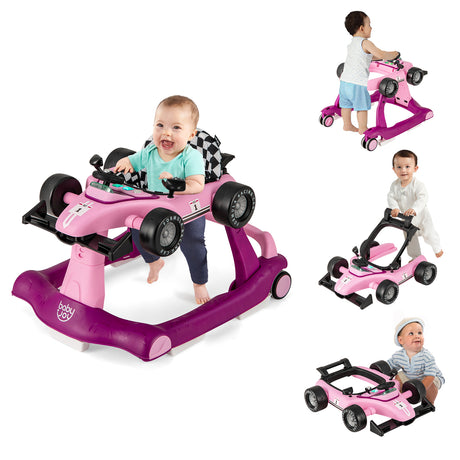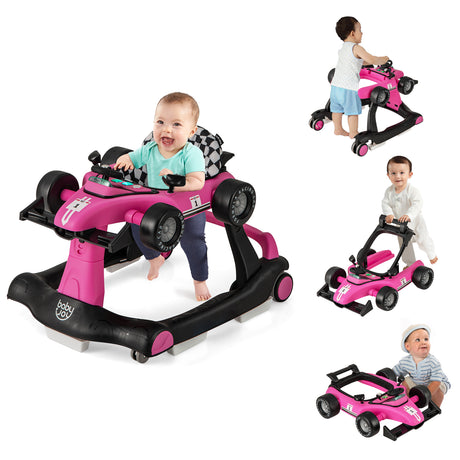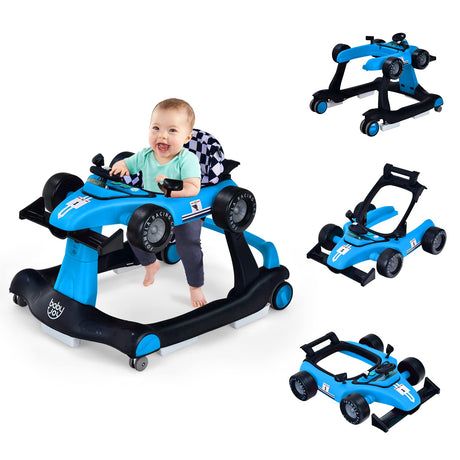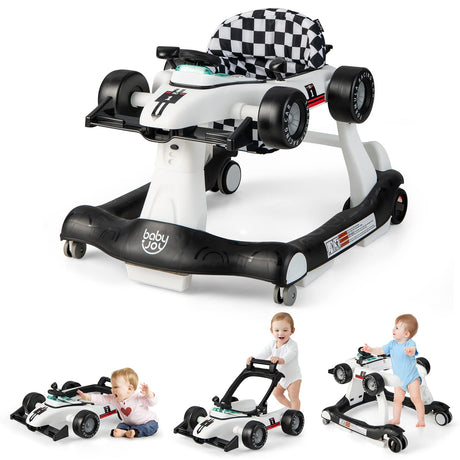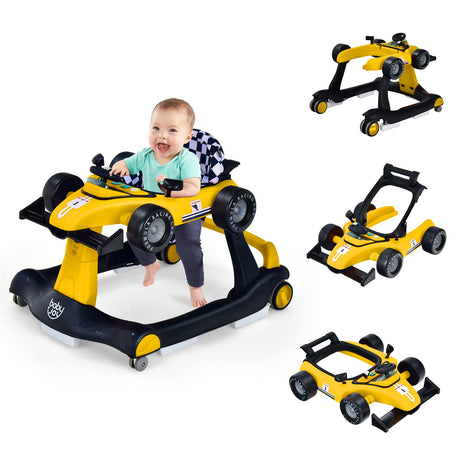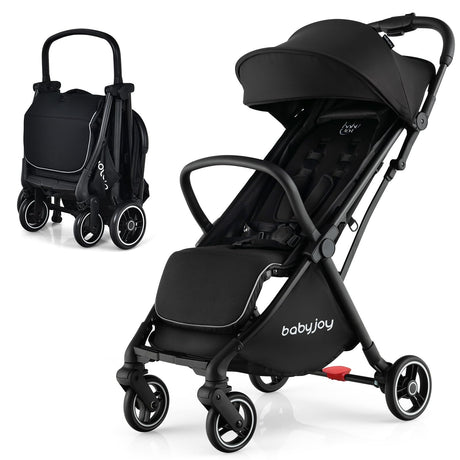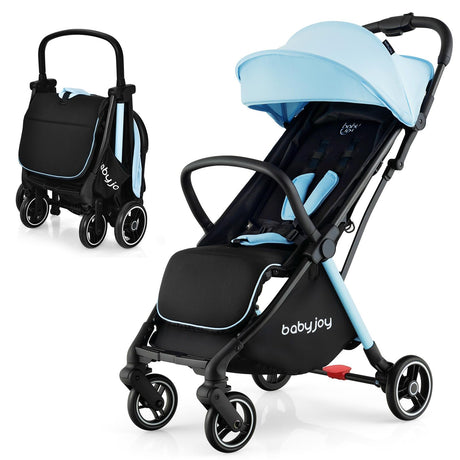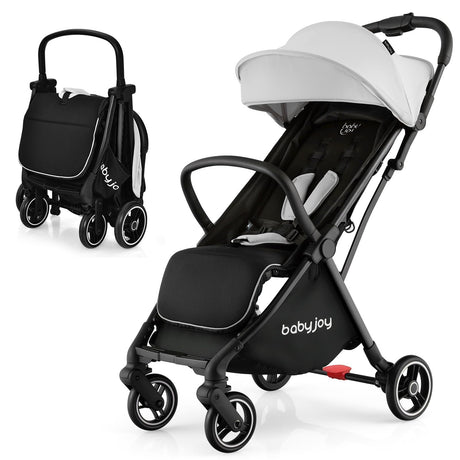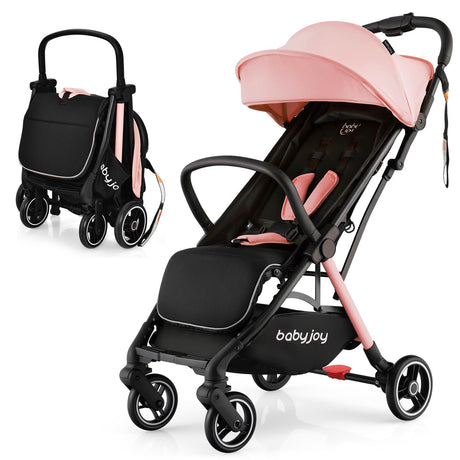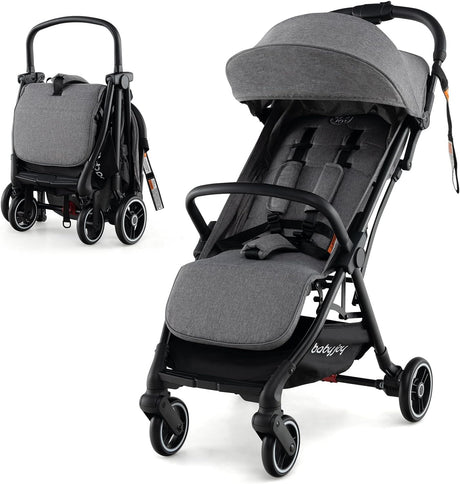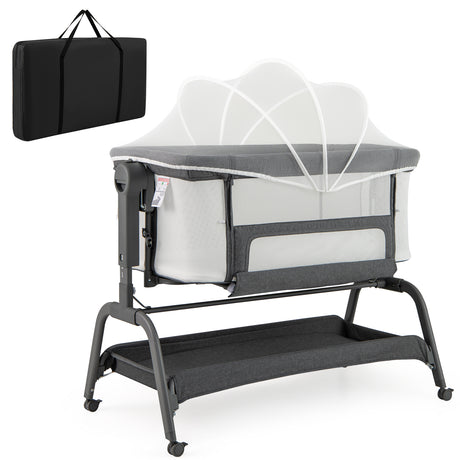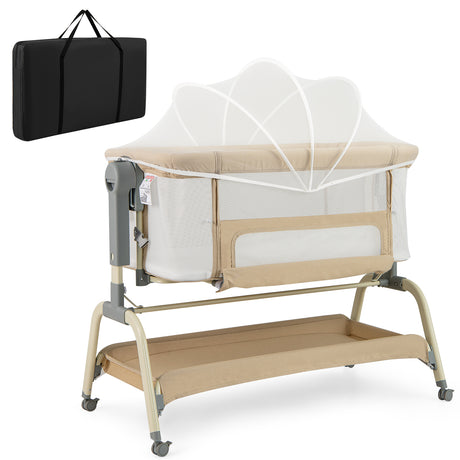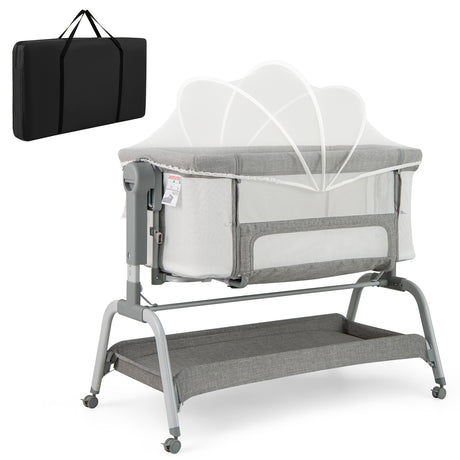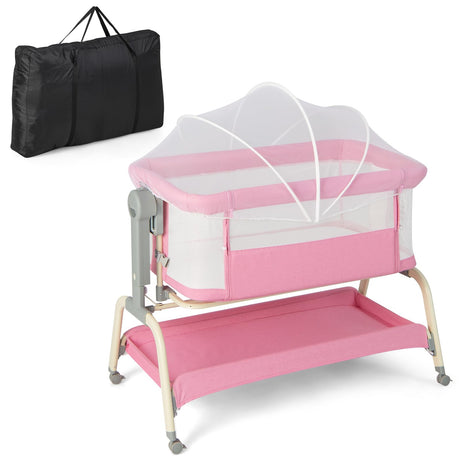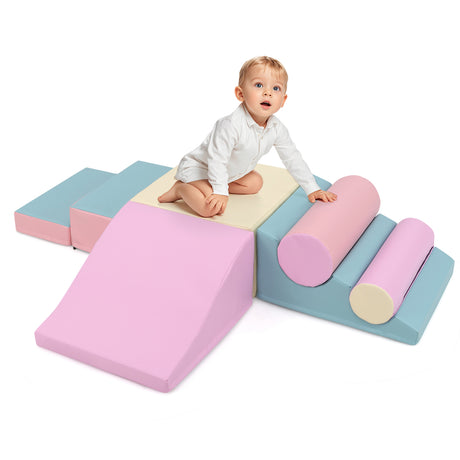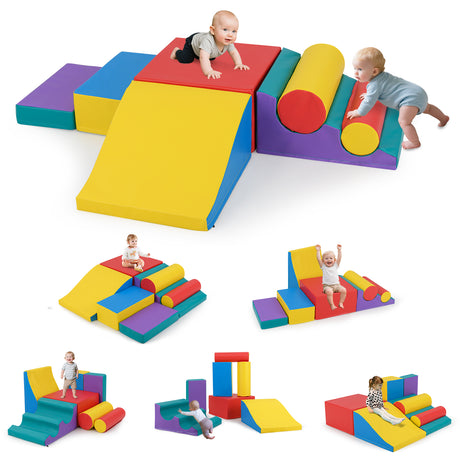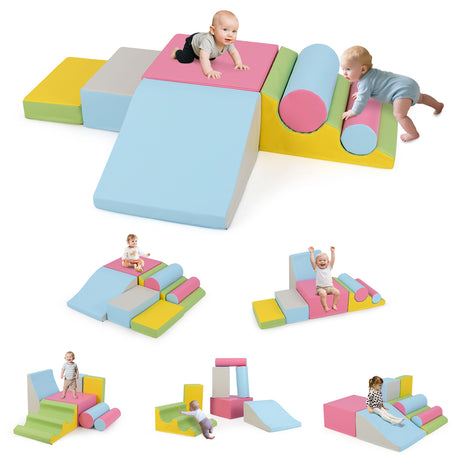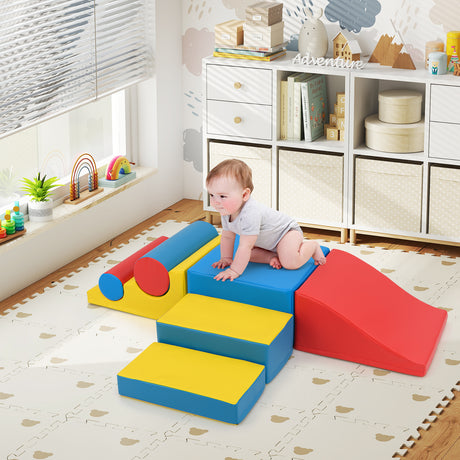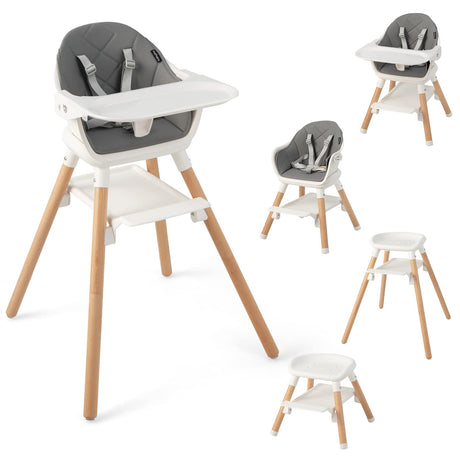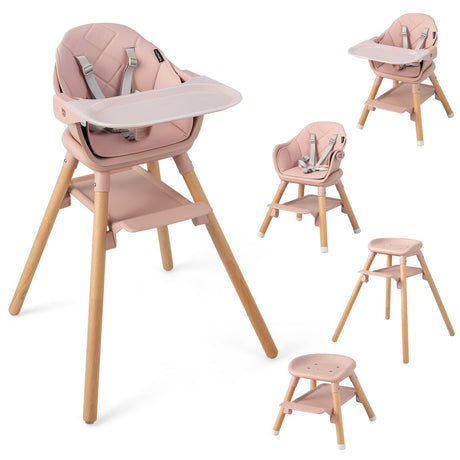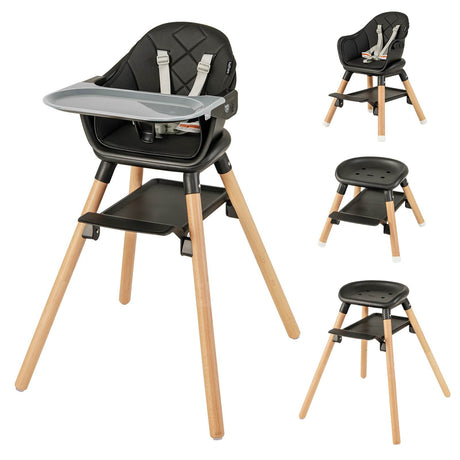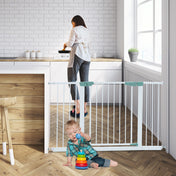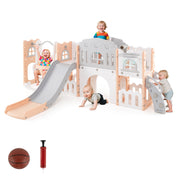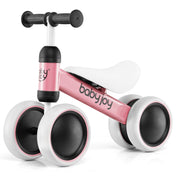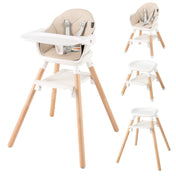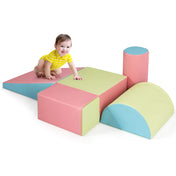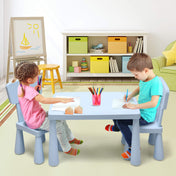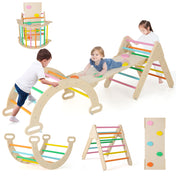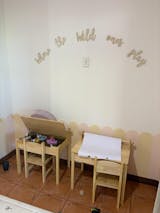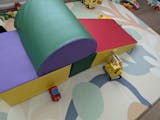Inside this Article:
The Scientific Role of Bright Colors in Early Childhood Development
Early Childhood Education (ECE) is the organized way of teaching children from birth to about age 8. This includes preschool and early elementary years. It includes various programs and strategies.
These are designed to help young children develop. They support growth in thinking, social skills, emotions, language, and physical abilities. This development is important during their early years.
- Age Range: Typically from birth to Grade 2 (ages 0–8).
- Educational Settings: Includes daycare centers, preschools, pre-kindergarten programs, kindergartens, and early grades of elementary school.
- Focus Areas:
- Foundational skills in literacy, numeracy, and communication
- Development of social-emotional competence
- Encouragement of exploration and creativity
- Preparation for lifelong learning
Meanwhile, Color is a powerful and often underappreciated stimulus in early childhood environments. Far beyond aesthetics, bright colors serve as fundamental tools that support children's visual development, cognitive function, emotional regulation, and creative engagement.
Many studies show how color exposure affects different areas of development in early life. Below, we will find benefits of bright colors. We will also see how to use them in early learning and care settings.
1. Visual Stimulation and Neurodevelopment
Developmental context:
At birth, an infant’s visual system is still immature. In the first few months, vision improves quickly. This is because of the development of the retina, visual cortex, and the nerves that help process what we see.
Importance of bright colors:
Bright, bold colors, especially primary ones like red, blue, and yellow, provide the best contrast. This contrast helps stimulate the growing visual system. This contrast helps infants follow moving objects, see shapes, and tell different things apart. It sets the stage for later visual-motor skills.
Practical implication:
Infants gain from seeing mobiles, crib toys, and picture books. These items should have bright colors and bold patterns. These visual stimuli accelerate the development of fixation stability, saccadic eye movements, and depth perception.
Scientific foundation:
Adams and Courage (2002) conducted foundational studies demonstrating infants’ preference for saturated over desaturated hues. The American Optometric Association knows that color contrast is important for early visual development. They recommend that parents create visually stimulating environments for infants to help promote healthy vision.
2. Cognitive Processing and Language Acquisition
Developmental context:
Color perception and categorization are essential precursors to object identification, memory formation, and symbolic representation—key processes in early cognitive development. Associative learning starts in toddlerhood. In this process, children connect words with colors or objects. This learning is exceptionally responsive to what they see.
Role of bright colors:
The use of bright, differentiated colors enhances children's ability to sort, classify, and group information, thus supporting the development of executive function. When caregivers or educators name colors during interactions (like saying, “This is the red ball”), it helps with learning.
Practical implication:
Color-coded educational materials like blocks, flashcards, and classroom tools help with learning. They improve both language skills and understanding of concepts. This is especially true when used with clear language modeling.
Scientific foundation:
Franklin and others (2008) showed that even babies can see colors in categories. This helps them understand and organize what they see. Pitchford and Mullen (2005) found a strong link between learning color words and thinking skills in preschool children. This shows how important color is for early symbolic thinking.
3. Creative Development and Exploratory Behavior
Developmental context:
Creativity in early childhood is closely linked to sensorimotor exploration, imaginative play, and expressive experimentation. The physical and visual characteristics of the environment, including color, texture, and spatial layout, influence these behaviors.
Role of bright colors:
Bright, inviting colors encourage people to engage, take risks, and think differently. These traits are important for developing creativity. Colorful environments help children play freely. They encourage kids to explore materials and create their own stories.
Practical implication:
Classrooms and play areas with bright colors—like wall art, educational displays, and toys—give children a lively environment. This helps them stay focused and encourages their imagination. Tools like color-coded Montessori materials transform abstract ideas into concrete learning experiences.
Scientific foundation:
Montessori pedagogy has long emphasized the importance of color in learning materials to guide discovery and reinforce abstract concepts. This matches research on multi-sensory learning. It shows that using both sight and touch helps people remember and learn skills better.
4. Emotional Regulation and Behavioral Influence
Developmental context:
During early childhood, children are learning to identify, interpret, and manage their emotional responses. Visual stimuli, particularly color, play an integral role in shaping affective states and modulating arousal levels.
Role of bright colors:
Colors can elicit specific psychological and physiological responses. Warm colors like red and yellow can create energy and excitement. They also encourage social interaction.
In contrast, cool colors like blue and green usually have calming effects. They can help regulate emotions. Strategic use of color can encourage desired behavioral outcomes in educational and caregiving settings.
Practical implication:
Designers can use color to create spaces that support emotional well-being. For example, you can paint calm zones in soft blue for quiet time. You can fill activity areas with bright reds and oranges to encourage movement and teamwork.
The strong link between color and emotion helps children build their emotional vocabulary. For example, they might say, “I feel happy when I play in the yellow room.”
Scientific foundation:
Elliot and Maier (2014) synthesized empirical findings on color psychology, showing that colors affect mood, motivation, and task performance. Their work supports the application of color design in spaces intended to support both emotional development and academic readiness.
Application Strategies for Parents, Educators, and Product Designers
In the home environment:
Use bright, color-coded bins to teach sorting and promote responsibility for tidying.
Introduce developmentally appropriate wall decals, books, and activity mats with bold, contrasting hues to stimulate play and learning.
In educational and care settings:
Implement zoning strategies using color to differentiate activity areas (e.g., green = calm, red = creative zone).
Rotate colorful learning materials periodically to renew interest and engagement without overstimulation.
In commercial product design:
Prioritize the use of bright, developmentally supportive color palettes in children's toys, furnishings, and learning tools.
Incorporate evidence-based messaging into marketing content that communicates the developmental benefits of color-rich design.
Bright colors are more than just decorations. They are important tools that help children see, think, feel, and grow.
Using careful color choices in toys, learning areas, and everyday activities can support a child's growth. This includes their visual, thinking, emotional, and creative development. Caregivers, teachers, and designers all play a role in this process.
Bright colors can improve early childhood experiences. Scientific research and real-life use support this.



